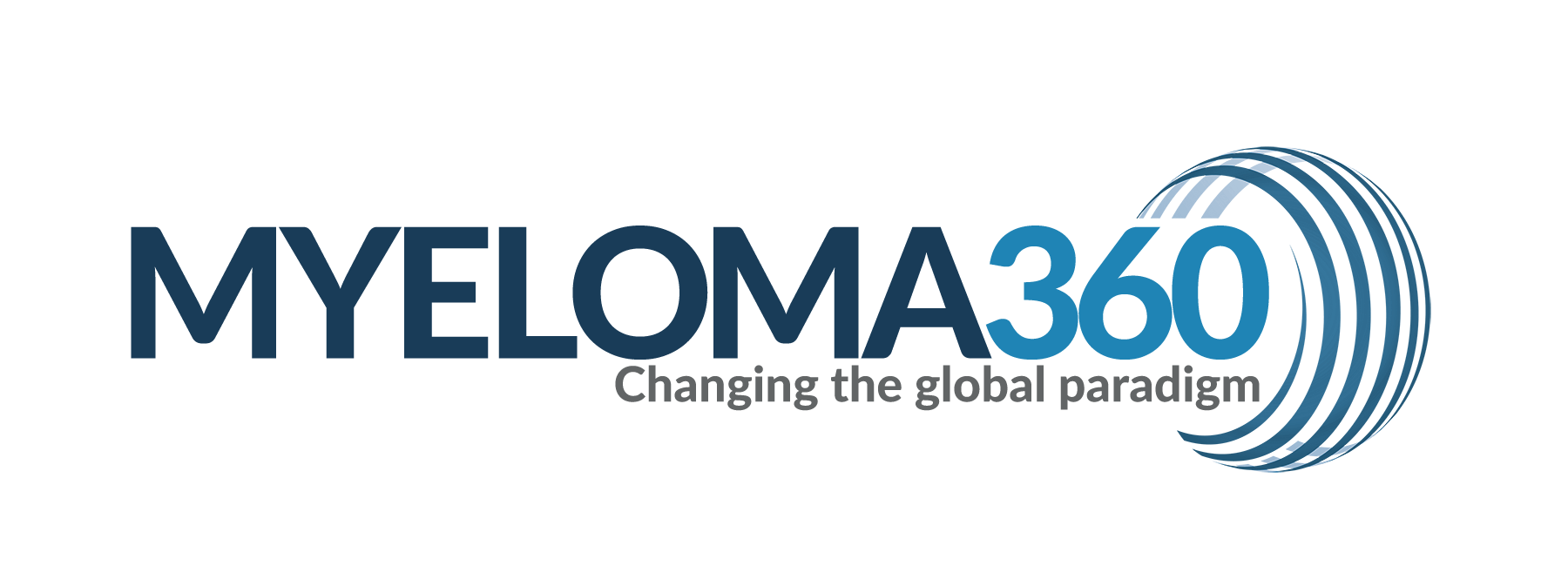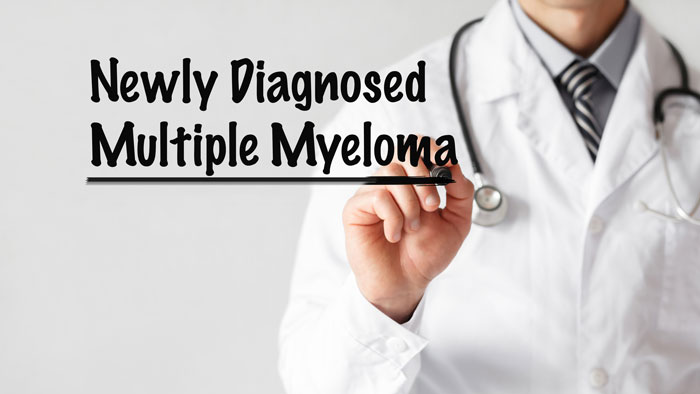Voorhees, who specializes in hematology and medical oncology at Levine Cancer Institute, Carolinas HealthCare System and UNC Chapel Hill, discussed treatments for both newly diagnosed and relapsed patients with multiple myeloma during the 2017OncLive® State of the Science SummitTM on Hematologic Malignancies.
Dr. Voorhees: I had the opportunity to talk about the treatment of newly diagnosed patients who are not necessarily eligible for autologous stem cell transplantation. There are 3 things in particular that are worth commenting on. First off, there has been a larger body of literature that has come forth supporting the paradigm of continuous treatment until disease progression. The FIRST trial is a good example of that. This was a randomized phase III study that has been published for a few years now, which compared continuous lenalidomide (Revlimid)/dexamethasone therapy versus 18 months of treatment. There was a clear improvement in PFS with [the continuous] approach.

I also talked about an important retrospective analysis of 3 phase III trials, which looked at different treatment strategies looking at continuous versus fixed-duration therapy and, in that particular analysis, they found that not only the first progression-free survival (PFS) improved with continuous treatment paradigms, but time to second progression, or PFS2 as we call it, was also prolonged. There was a survival advantage seen in that particular analysis, as well. Until treatment paradigms change and the therapy gets better, continuous treatment is the most advantageous, as long as patients are tolerating it.
Secondly, the SWOG S0777 trial is an incredibly important study. This was a phase III study done in a cooperative group setting comparing lenalidomide/dexamethasone to lenalidomide/dexamethasone with bortezomib (Velcade) for newly diagnosed patients with myeloma. There was a mix of both transplant-eligible and transplant-ineligible patients, but transplant was not part of the treatment strategy. Patients were given 24 weeks of therapy, followed by lenalidomide/dexamethasone until disease progression. Importantly, what they found is not only was there an improvement in PFS, but there as an improvement in overall survival (OS), as well.
The reason that this study is important is that it strongly suggests that this particular triplet is a new standard of care for transplant-ineligible patients who would otherwise tolerate that type of approach. All of the patients on the lenalidomide/dexamethasone arm had access to bortezomib in subsequent lines of therapy, so it leads to this important issue of sequencing. Can you get away with a doublet followed by a bortezomib-based regimen? Lenalidomide/dexamethasone followed by a bortezomib-based regimen? Or, should you use all 3 [drugs] together? This study suggests that you should use all 3 together in those situations where you think that the patient can tolerate it.
Lastly, a lot of the breakthroughs that have occurred in patients with relapsed myeloma with 1 to 3 prior lines of therapy is that a lot of those lenalidomide/dexamethasone-based backbones that have recently received regulatory authority approvals are all being tested in the frontline setting—now also in the transplant-ineligible situation, so we have lenalidomide/dexamethasone with or without daratumumab (Darzalex).
There is also lenalidomide/dexamethasone with or without elotuzumab (Empliciti), or with or without ixazomib (Ninlaro). We have a number of different studies that are out there now. Most, if not all of those, are going to be positive trials, so there are going to be even more treatment options for these patients moving forward.

